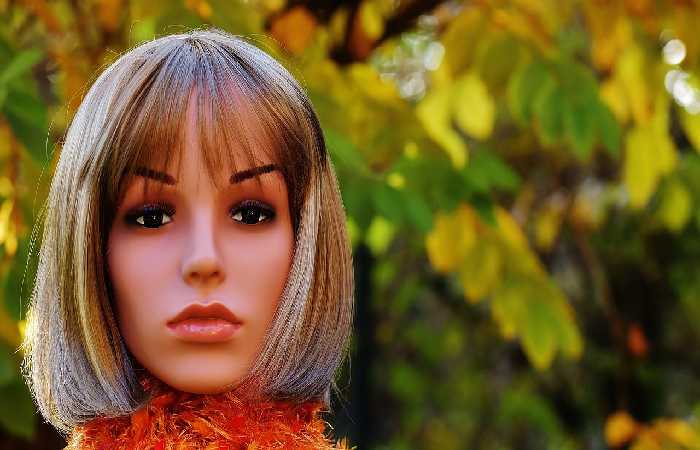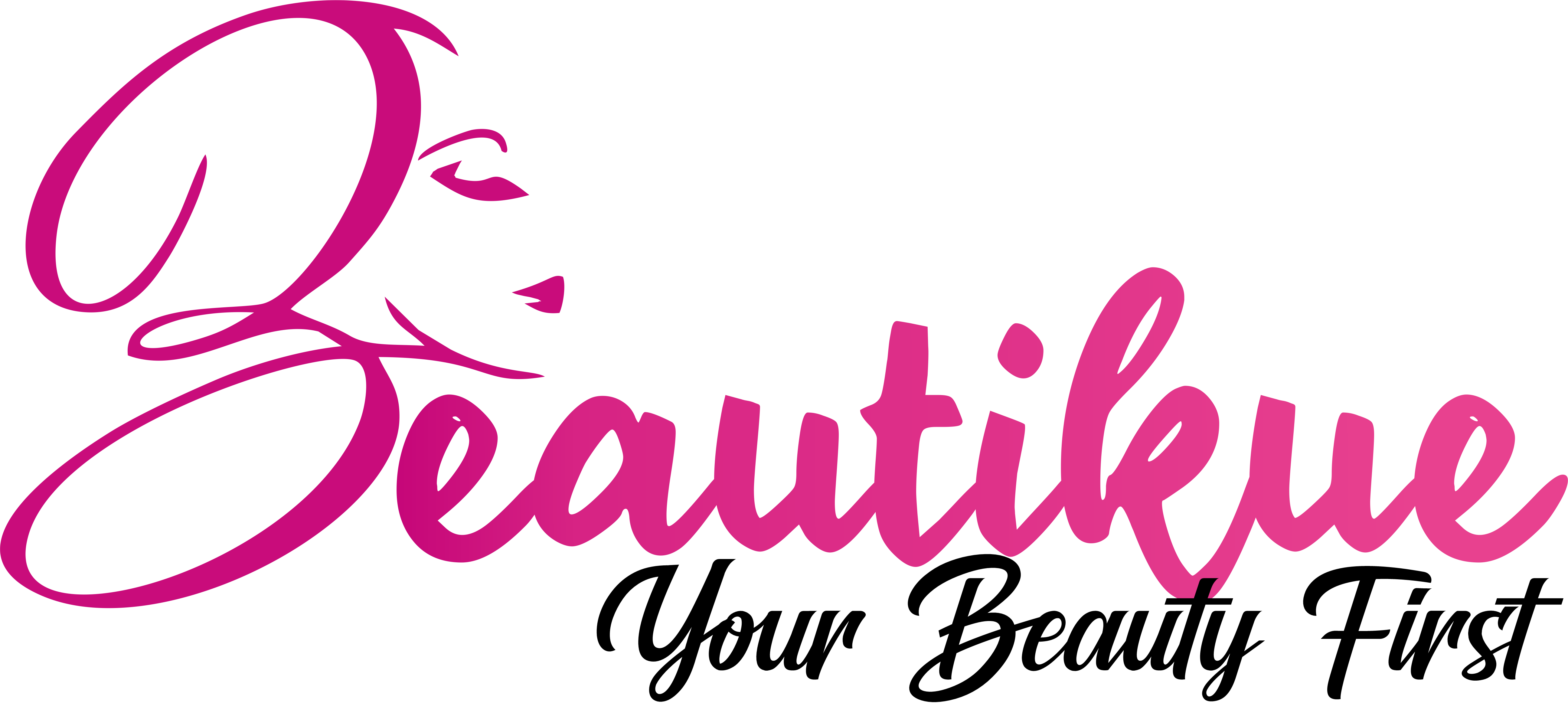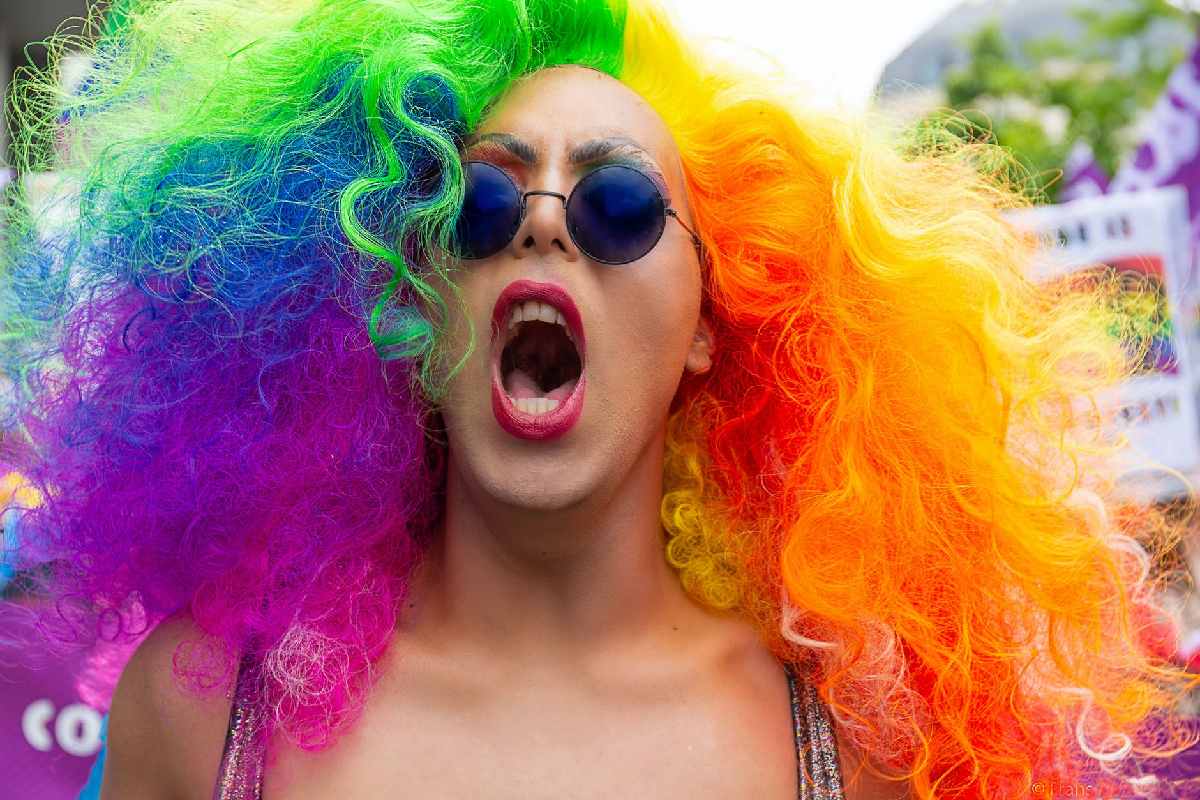There was a time back in 2013 when every third person on the streets of Brooklyn was wearing a variation of a wig. Those wigs were made using wool, horsehair, buffalo hair, feathers, yak hair, or synthetic material. There were various reasons for people to wear a wig, it can be fashion, culture or religion.
Anyhow, the wig industry has come a long way and evolved enough to cater for people interested in wearing a wig as an accessory. If you want a new hairstyle, then you can use a wig instead of meddling with your own hair. No matter, you are looking to change your look or just looking to hide your baldness, they are various options to choose from. To make things easier for you, we have come with a basic guide with everything you need to know about the world of wigs.
Type of Hair
The first thing you need to consider is the type of hair. There are wigs made with nylon or acrylic fibres and there are wigs available with real human hair.
Human Hair
Wigs made with human hair have high quality and a high price tag. Furthermore, they can last up to five years with proper care. You can also apply heat to style them as you like. When it comes to the versatility factor, a human hair wig is the first choice with options to dye different colours.
Synthetic Hair
On the flip side, you can go with synthetic hair which is affordable and beautiful. There are fewer chances of a tangle but the lifespan is just 3-6 months. Furthermore, it retains the style even after washing. There is only one disadvantage that you cannot do much such as dying hair or curling iron.
Hand-Tied or Machine-Made
Whether you want to buy u part wigs or lace front wigs, there is an important thing you should know.
You need to decide whether you want a hand-tied or machine-made wig. In a hand-tied, the individual hairs are attached to the cap by hand. The process requires labour but has good natural results. The hair will be attached in the same direction which means less tangling. Furthermore, it is easy to part the hair and style them as you want. On the other hand, machine-made wigs are easy to make and cost less. If there are human hair involved, then the manufacture has to dip the hair in a chemical that can affect the texture. Hand-tied wigs have higher quality and hence cost a lot compared to machine-tied wigs.
Caring For Your Wig
Lastly, it is essential to share some care tips which can help prolong the lifespan of a wig. You should store the wig in a ventilated space. However, you should remove the wig at night and place it on a stand. You also need to keep it away from direct sunlight, especially if you have a human hair wig. You should also wash the hair twice a month and always use sulfate-free shampoo and conditioner.

How to Choose Your Wig?
Different types of wig caps
Unsurprisingly, there are many different methods by that wigs are made. The wig cap’s creation comes first. The foundation of the hair wig is a wig cap because it is where it is made.
There are numerous varieties of caps. Each of them has benefits and drawbacks of its own. The standard wig cap types are listed below:
Hand-Tied Monofilament Wig Cap
The 100% hand-tied monofilament cap, sometimes called the 100% hand-knotted monofilament wig cap, has the most natural appearance. The 100% hand-tied monofilament wig cap contains a narrower stretch material that conforms to the shape of the wearer’s head in place of the large stretch lace typically seen in most wigs.
100% hand-tied monofilament wig caps are tied by hand, as the name implies. Hand-tied textiles are less tightly sewn together than materials knotted by a machine, allowing the hair strands to move around.
Due to the use of a durable and stretchy material, this wig cap is also the softest and, thus, the most comfortable. Ideally, hair loss sufferers should spend their money on wigs with this cap style because it lessens scalp and hair damage.
Monofilament Wig Cap
Monofilament wig caps are 100% hand-tied, as was noted while discussing how natural-looking they usually look. While not all monofilament wig caps are completely hand-tied, they are all gentle and perfect for sensitive scalps.
Lace Front Wig Caps
Hair strands are tied to a sheer lace base in wigs with lace front caps. Wig tapes or glues are typically used to secure these hair strands to the head’s crown. It makes the wig securely tight and enables it to remain in place.
Wigs with lace front caps can stay on a person’s head for weeks after being glued.
Since most lace front caps feature baby hair to conceal the lace, the appearance of wigs with lace front caps gives a very natural look, especially to the hairline. When wearing this wig, the wearer can style it away from their face and still have their hair look natural.
Basic Wig Caps
The most typical type of wig cap is the basic one. Hair is sewn into wigs with simple caps, and the crown portion of the wig has a closed lace covering on it.
The hairstyle of this kind of wig is typically teased to conceal the crown. It makes hair wigs with simple caps less realistic. The basic wig cap is the least expensive kind, so if you’re looking for an inexpensive wig, this can be your best option.


